In Germany, the country to which the former Bollinger chef de cave moved in 2013 to join the Pfalz VDP estate Reichsrat von Buhl, such deep sparkling wines are rare. In fact, he believes such profound wines – four, five, ten years in the making, with the capacity to age as long as we do, and with far more grace – “don’t exist now in Germany”.
This was what Kauffmann was trying to achieve during six years at Von Buhl. The project came to an abrupt end last summer following the premature death of estate owner Achim Neiderberger. The new ownership decided to move in another direction. Now he has a second opportunity: a new joint venture with the biodynamic VDP estate Weingut Christmann in Gimmeldingen, Pfalz.
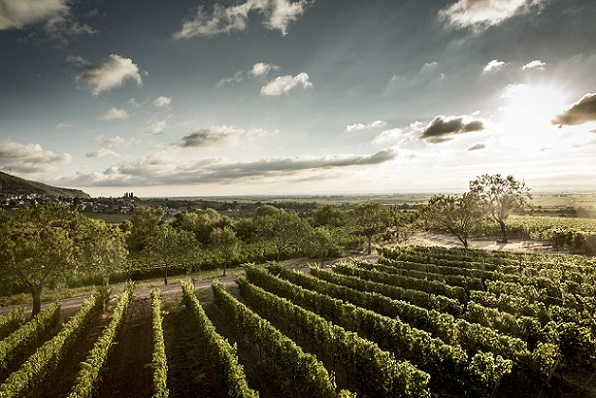
Steffen Christmann – a long-term friend of Kauffmann – recently acquired 12ha of vineyards from his neighbours, the Mugler family. The as-yet-unnamed company, co-owned and run by the Christmann family and Kauffmann, will produce seven different sparkling wines using Riesling and Pinot varieties from Erste and Große Lage vineyards between Gimmeldingen (above and below) and Ruppertsberg. The three-tier collection will focus on vintage sparkling wines with a long lees ageing, along with some non-vintage cuvées.
“The experiences of the last six years have shown me that great sparkling wines can be produced here,” says Kauffmann. “Achim Niederberger understood my idea but the new [Von Buhl] owners not so. It would have been incredibly difficult for me to stop this effort. If you have the best vineyards, if you have the best winery and the best partners, and if you have time, I think it’s incredible – I couldn’t say no to such a project.”
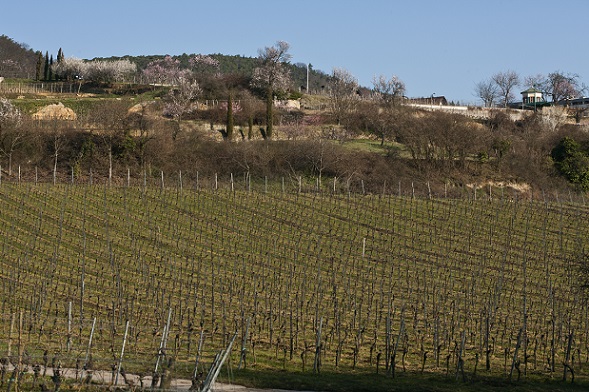
Kauffmann’s style tends towards the rich, dry and oxidative. Ageing of the base wines in wood is the first part of his two-step process for making great sparkling. The second part is keeping the wine on the full lees until bottling. He compares the lees protecting the wine to a mother nurturing its baby in the womb. “The mother has everything to protect the baby,” he explains. “The yeast is anti-oxidative, and you have glutathiol in the wines, and so you don’t need to add sulphites” – he describes sulphites as “a very bad poison”.
“You lose all the primary aromas because of this micro-oxygenation,” he adds, “but this doesn’t matter because you don’t need them if you want to make a deep Sekt – you will sell it five or ten years later. You have to build the wine for the future, to be stable over time… After bottling, you wait three, five, ten years on the lees in the bottle, so you have again this process of ‘mother with child’.”
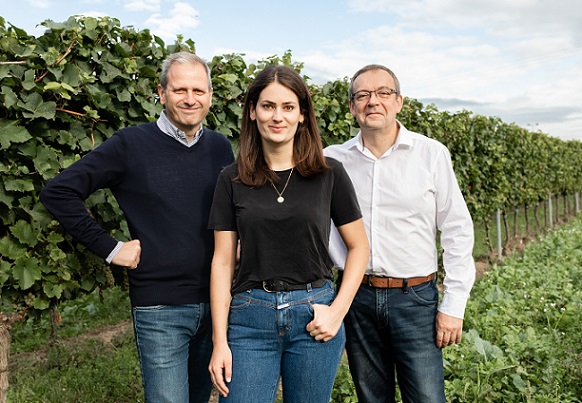
In addition to obviating the need for sulphur, such extended time in barrel and on lees, Kauffmann notes, does away with the need for dosage: the creaminess and sense of sweetness are provided by polysaccharides coming from the extended time on lees, as well as the polymerised tannins coming from the wood. “So you have this creaminess, this structure, and this has to balance the saltiness and the acidity from the base wine,” he says. “If you have this acidity, this tannin, this creaminess, you have a deep sparkling.”
It sounds simple, and probably seems so to a winemaker of Kauffmann’s experience. Of course, none of it is possible unless you have the best-quality fruit (and, for preference, only its cuvée juice). For Kauffmann, this quality is inextricably tied to the microbial life of the soil.
Viticulture is a major preoccupation for the winemaker. He speaks with wonder about the effects of the permaculture experiments he has conducted in his home vineyard in Pfalz. Regenerative agriculture, too, is a frequent topic with his winemaker friends around the world.
He is particularly convinced of the benefits – on soil and wine – of biodynamic farming. One of his most important innovations at Von Buhl was the implementation of biodynamic methods in the vineyards. He will do the same in the Mugler vineyards. It’s also useful that his new business partner, Christmann, has been working biodynamically for 15 years.
'The new typicity of Champagne'There is more than a little inspiration, too, from the Récoltants-Manipulantes who in recent years have revolutionised Champagne. Kauffmann cites the likes of Selosse, Lahaye, Doquet and Agrapart, producers who by combining wood ageing and extended time on the lees in the cellar, and organic or biodynamic methods in the vineyard, have “created the new typicity of Champagne”.
“I could speak about [biodynamics] for four or five hours,” he reflects. “I think the most important thing in viticulture is the life of the soil. With biodynamics, yes you can use the moon or the constellations, but [for me] it is the way to make living the soil.
“We speak a lot about biodiversity. Yes, okay, it’s the plant, it’s all the things you see, but the biggest diversity is in the microorganisms of the soil. You have billions of things in the soil – if you work with it, if you develop it. This you do with compost, with the humus, so you have more life, you have more water, you have more saltiness, you have deeper wines. This is for sure. I worked this way in Von Buhl and every year the wines were better and better.”
There is still a long way to go before the grower Champagne phenomenon finds an analogue in the general quality of German Sekt.
More than 95% of Germany’s prodigious output of sparkling wine is still made with the Charmat method; estate-grown, traditional-method sparkling (winzersekt) accounts for just 3%. But while Kauffmann continues with his uncompromising pursuit of the deep sparkling wines he loves, German Sekt is definitely moving in the right direction.
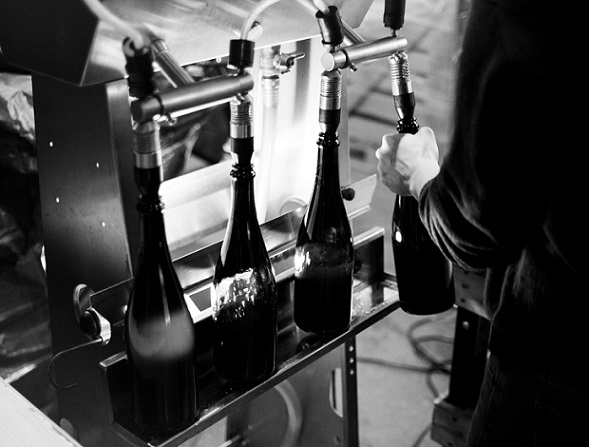
Along with Volker Raumland in Flörsheim-Dalsheim, Kauffmann’s influence is hard to overstate. In addition to the joint venture with Christmann and several other new consultancy projects (among them Karthäuserhof in the Ruwer Valley and Ollwiller Alsace), he shares his knowledge with an ever-growing number of young German oenology students in Pfalz and beyond. He has close ties with the emerging young stars of German Sekt too. For Niki Brandner, winemaker at the justly admired Griesel Sekt in Bensheim, Kauffmann has, like Raumland, been a role model and invaluable practical guide.
“For me and many other wine people, he is one of the most important figures in German Sekt right now,” says Brandner. “When Mathieu decided to switch from Champagne, that was the perfect story to legitimise German Sekt as something that can be on the same level as Champagne – and not only for those who are insiders in the wine business, this had a strong impact also on the mainstream market.
“But he also gave a certain new style to German Sekt. [At Von Buhl] he managed to produce a Riesling Brut that was very good value for money with more yeastiness and slightly oxidative flavours. I guess this was really a door opener for many producers like me.”
Brandner is part of a closely allied group of young traditional method Sekt producers whose wines are beginning to win recognition in Germany (see part two: the new Sekt revolutionaries later this month). They are the perfect complement and response to Kauffmann’s pursuit of Sekt-based greatness. Who knows, in a decade’s time we may be speaking about these winemakers in the same terms as the terroir-championing growers of Champagne.
'The movement has started'“The potential is very big,” concludes Kauffmann. “I know that a lot of German companies will make better sparkling. I think it is something moving in Germany now. It will take years, but I think the movement has started.”


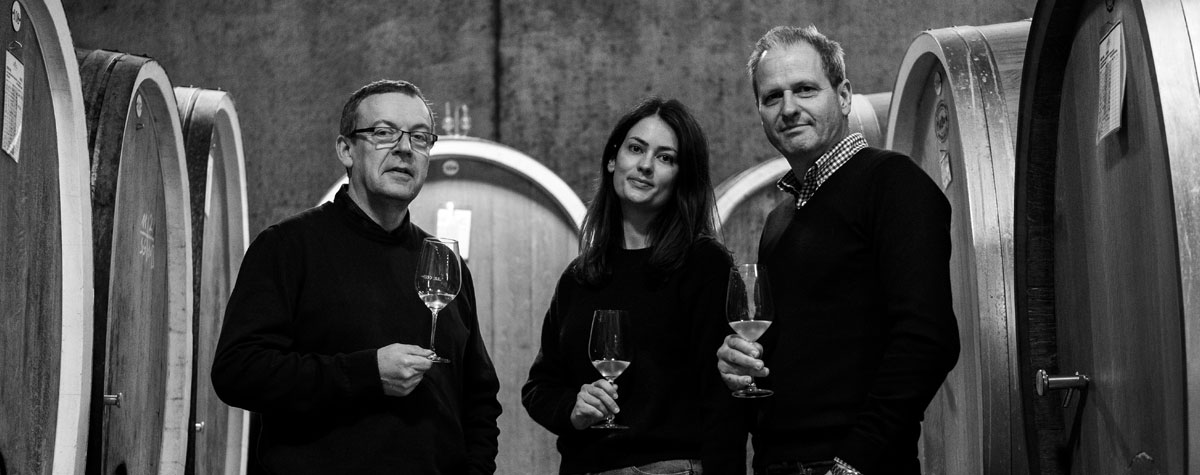
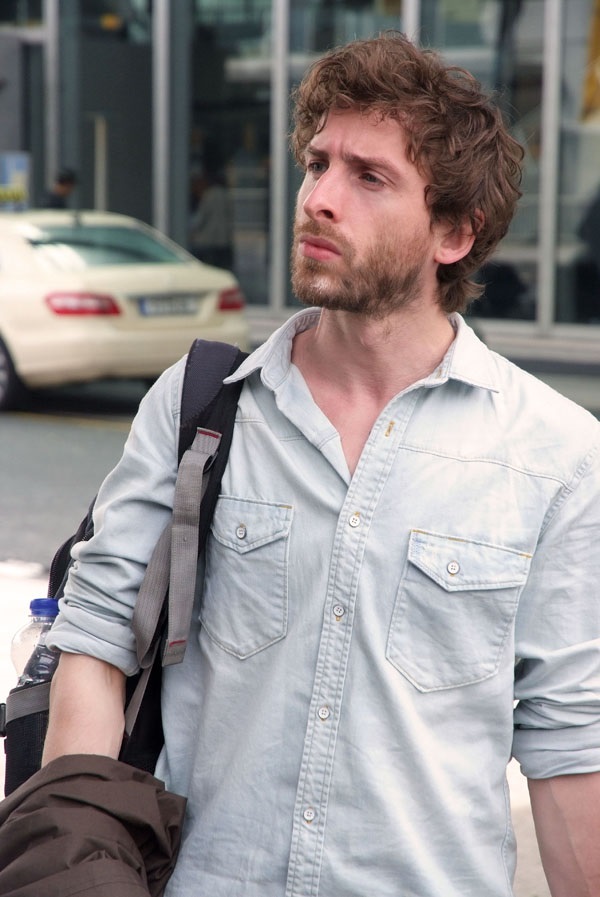









.png)






